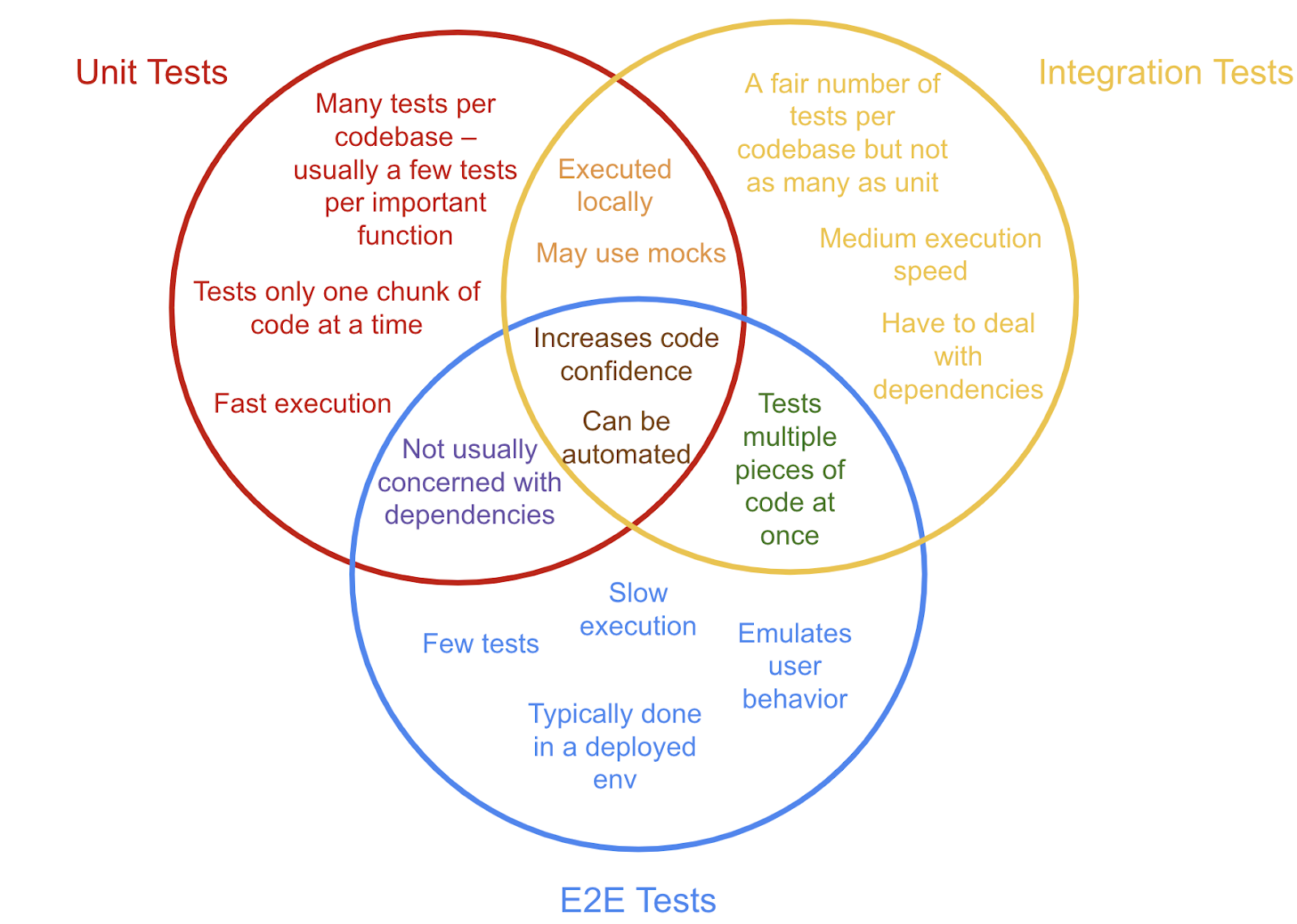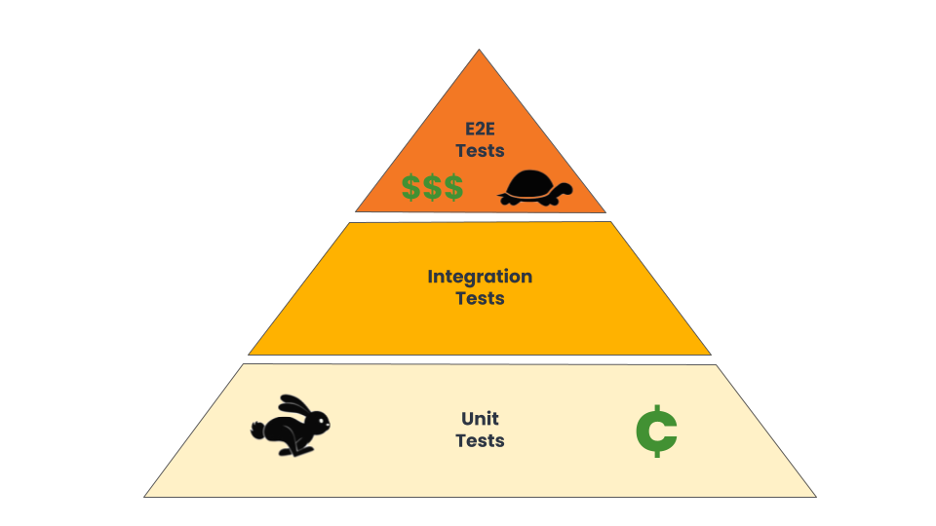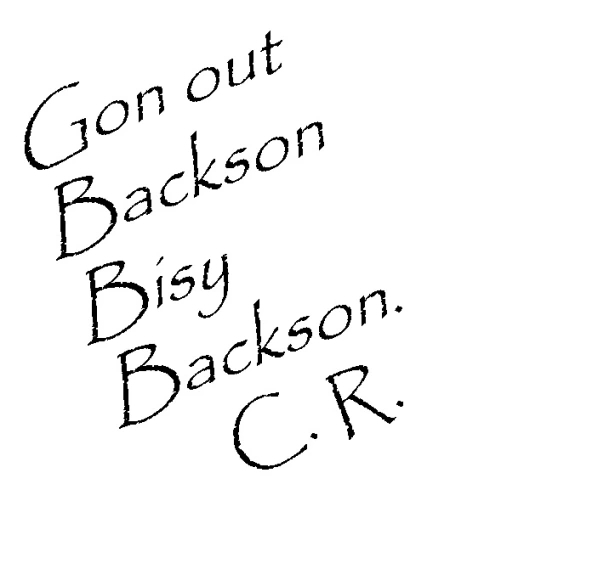Safety Nets and Guardrails
Safety nets and guardrails sound like the same thing, but they’re not. They are very similar though. They both help prevent bad things from happening. Where they differ is in how and when they operate.
Safety nets help after something bad has happened. It’s what you do when things go wrong. Your traditional safety net catches something that has fallen. It could be a person off a roof, or a trapeze artist that missed a catch. It could also be a process that helps recover from a negative event. Like insurance (be it life, health, auto, home, or unemployment). It doesn’t mean the bad thing can’t happen, or that there will be no consequences, but it minimizes the negative impact/damage caused by the bad thing happening.

Or in the software world it could be a top-level error handling routine or executing a series of SQL statements inside a transaction so you can safely roll things back if there’s an error. Put another way, it’s using both a belt and suspenders even when your pants fit. Normally, the pants stay in place by themselves, but if they don’t for some reason, you’ve got the belt to hold your pants up. And if the belt snaps, there’s still the set of suspenders to hold them up. In terms of ilities, it’s resilience. 1
Guardrails, on the other hand, help prevent something bad from happening. Like the guardrails along the highway. They work to keep cars on the road and heading in the right general direction. It doesn’t mean you can’t force your way off the road, or that everything will still be perfect if you end up needing the guardrail, but things will be much better with the guardrail, and you’ll probably still get to your destination. It’s Poka Yoke, which I’ve talked about before. And just like you can have multiple levels of safety nets, you can have multiple guardrails. Like the rumble strips on a highway that tell you you’re drifting, before the guardrail pushes you back on track, both of them help you do the right thing.

In software, guardrails come in multiple flavors. It’s using types instead of primitive obsession. Sure, you could use a string to store a value that is one of a limited set, but it can also store many invalid strings. If you instead use an ENUM that only supports the limited set, the user simply can’t set the value to something invalid. Another guardrail is using a builder to initialize something so that it either works or tells you immediately that it can’t be initialized instead of leaving you with something that won’t work. There are lots of other guardrails you can add to your software.
And remember, while safety nets and guardrails have the same basic goal, keep something terrible from happening, they are, in fact, orthogonal ideas. Which means you can (and should) use them both. Use guardrails that make it easy to use your API/functions the right way and hard to use them incorrectly. But recognize that it can still happen. So also include safety nets, so that when something is wrong, it gets handled the best way possible.
-
Yes, I know resilience doesn’t end in
ility, but it’s almost always in a list of -ilities ↩︎




